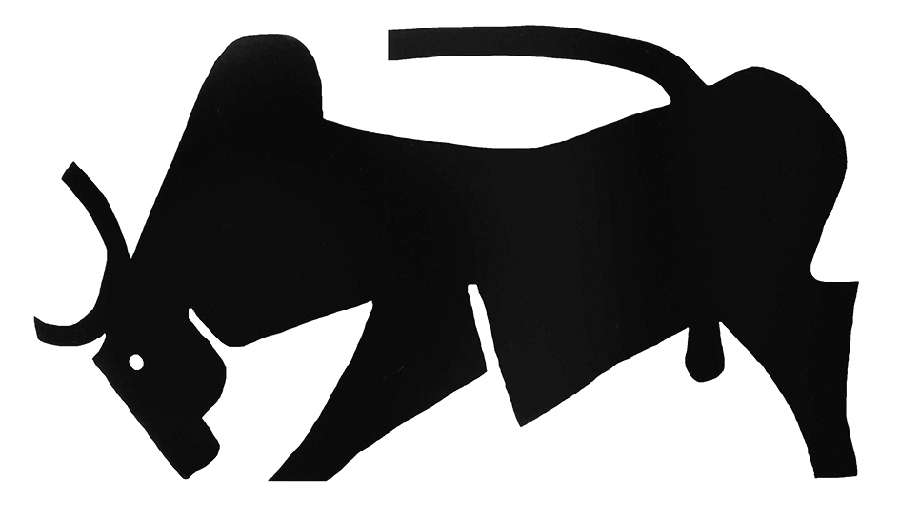It isn’t often that a visual artist soars to stardom, especially in a developing nation where adulation is reserved for politicians and performers. But then Maqbool Fida Husain, a spectacle in his appearance itself and in his gestures — from his spun silver mane to his celebrated bare feet — was something of a showman indeed, quite a feted icon with formidable panache, until bigoted spite over some forgettable works few had seen and fewer remembered brought him down.
His voracious appetite in an Indian context, not unlike Picasso’s, sought to devour everything, from folk forms to popular entertainment, from religious mythology to political rhetoric, from stampeding horses to elegant calligraphy, churning all of it into a conspicuous, semi-Cubist masala. However you rate his art, there’s no denying its energy, the raw energy of India’s streets and bazaars, not the hush of AC boudoirs. Even when — especially when — there are just some bare-bones cutouts sprinting around a gallery.
This was at Kolkata Centre for Creativity’s recent show, aptly titled, Essential Forms: pared-down images without any garnishing or narrative context. The 10 cut-outs in wood and aluminum — nine of them painted in flat, uniform acrylic coats — were impressive in size. The tallest was a figure tumbling down in a ripple of muscles — as though from a Tyeb Mehta painting — which measured 88” X 44.09”, while a bucking, Picassoesque bull, was 48.03” X 89.79”. The brusque angles and staccato abbreviation of form of Husain’s signature style imparted identity to anonymous shapes, infused the muscular silhouettes — pale, bright or dark — with a leashed brio: women with dancing locks, a snarling lion, a little figure in a hollow — perhaps a womb — making you shudder at the horrific brutality in Gujarat, 2002.
One work was different. Its spare details depicted a boy Krishna with a peacock feather and a flute, and three cows. It was imbued with just the tender, endearing playfulness that Krishna folklore embodies. Which confirms how steeped in India’s syncretism the artist was. And that made his religious identity incidental.











